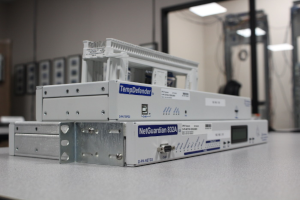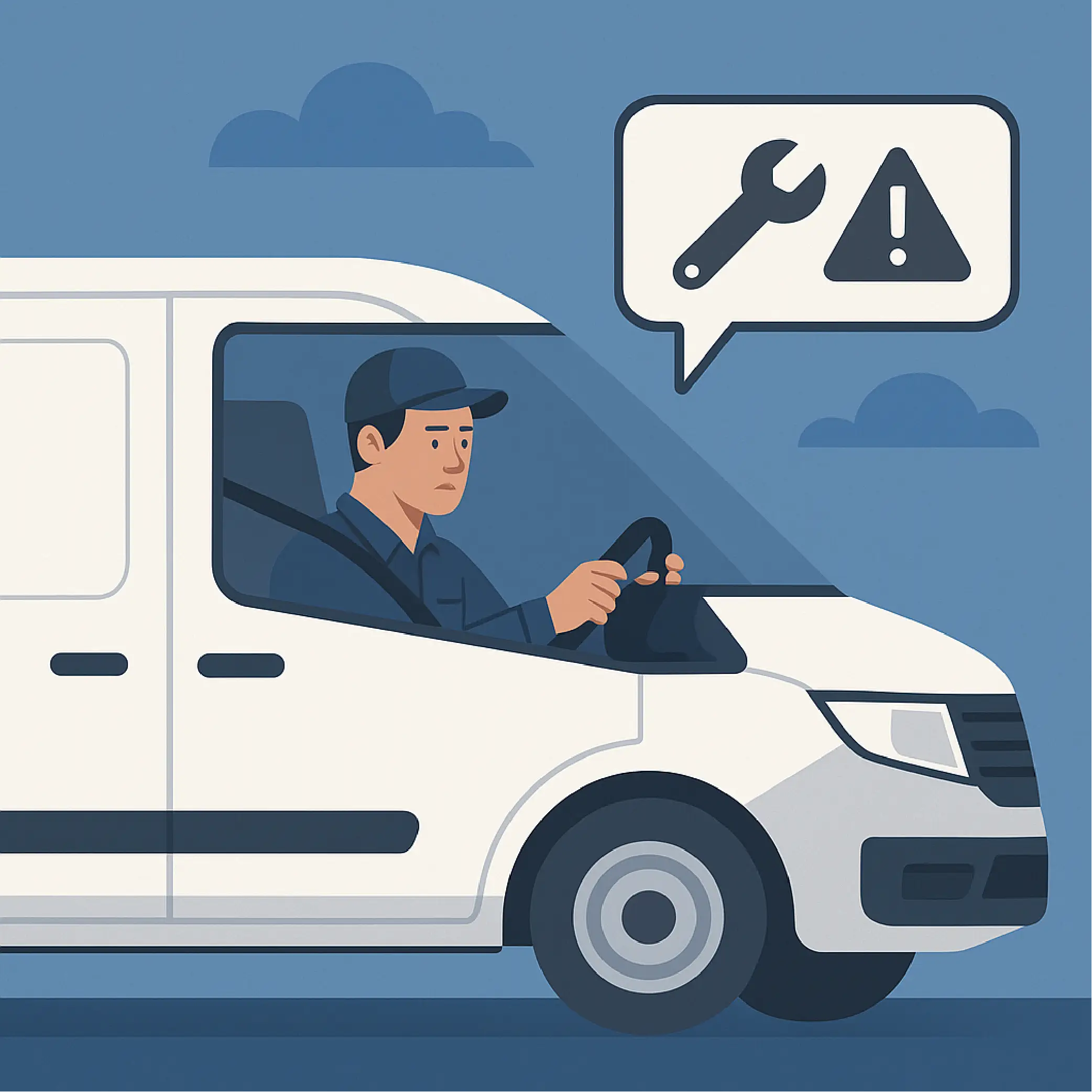Check out our White Paper Series!
A complete library of helpful advice and survival guides for every aspect of system monitoring and control.
1-800-693-0351
Have a specific question? Ask our team of expert engineers and get a specific answer!
Sign up for the next DPS Factory Training!

Whether you're new to our equipment or you've used it for years, DPS factory training is the best way to get more from your monitoring.
Reserve Your Seat TodayWhen your field tech gets dispatched, you expect a problem to get solved.
But what if they drive all the way to a site, only to discover they brought the wrong tools? Or they aren't qualified for the specific issue? What if the problem isn't even at that site, or something changes while your technician is en route.
Now you've actually got double windshield time. And still... no resolution.
These small inefficiencies, repeated across dozens or hundreds of dispatches each month, add up fast. Also, if you're responding to an emergency, an expensive outage keeps ticking upward.
Let's take a hard look at how windshield time is quietly eating into your profit - and what you can do right now to stop the bleeding.

Here's a scenario that might sound familiar:
That's two round trips for one repair.
Multiply that by just a few bad dispatches a week, and suddenly:
This was entirely preventable.
We call this "windshield time" - and if you're relying on vague monitoring data, you're creating more of it than you realize.
In the past, many teams accepted windshield time as "part of the job." That was because they didn't have any real alternative.
With legacy systems:
To make it worse, many alarm systems would simply flash a generic light, or send a one-size-fits-all SNMP trap with no context.
This leads to poor dispatch decisions, like:
These outdated monitoring methods waste time, erode profit, and stretch your team thin.
Consider the opposite scenario, where:
That's not just a dream. It's what modern remote monitoring should do.
And when you eliminate double truck rolls, stop wasted drive time, and increase first-time fix rates:
At DPS Telecom, we've been helping companies optimize their field operations for over 30 years. And one of the biggest ROI drivers we've seen is that alarm intelligence means fewer truck rolls.
That's why our monitoring systems - like the T/Mon master station and the NetGuardian RTUs - are designed to give you everything your dispatchers and techs need before the truck wheels start turning. These systems provide:
With DPS systems, your alerts include:
Now your NOC or dispatcher knows exactly what's wrong. With that info, they also know who to send and what tools/parts are needed.
Old-school field ops often look like this:
That's another hour of windshield time - just for coordination.
With DPS tools:
Sometimes, knowing there's a problem isn't enough. You also need to know where.
With T/Mon's geographic drill-down maps, your team can:
This means your technician doesn't wander around for 30 minutes trying to figure out if it's the generator, the HVAC, or something else entirely.
Let's do a quick reality check.
If you don't like the answers, you're not alone. Many operators are leaking thousands of dollars a month from inefficient dispatches - and they don't even know it.
You might also ask your techs:
"How often do you need to drive back just to find out what's next?"
If they say "frequently," you've got a ping-pong dispatch problem - and it's time to fix it.
No one signs up for a job hoping to drive around all day, making little progress.
When your techs are constantly sent to the wrong place, given vague instructions, and lacking the tools they need, they burn out - fast.
However, when they get alerts that are clear, accurate, and actionable, everything changes:
This way, you retain your top talent instead of burning through your best people who could have done a great job.
DPS gear helps you eliminate windshield time across your operation:
Together, they form a smart monitoring ecosystem that maximizes your team's real effectiveness - not just their movement.
Let's consider the effect of windshield time in dollars and cents. Suppose your tech's loaded rate is $80/hour, and they waste 6 hours/week on unnecessary driving. That's $24,960/year in lost productivity - per technician.
Now multiply that by a 10-person field team. You're looking at a quarter-million dollars burned on windshield time.
Let's start with a quick conversation. We'll help you figure out:
We've helped telcos, power utilities, railroads, and government agencies upgrade from "generic alerts" to intelligent, first-fix dispatching.
Now it's your turn.
Call us at 559-454-1600
Or email sales@dpstele.com
You'll have a real diagnostic conversation with an industry who understands common field challenges. You'll share what you're seeing to build a solution together with DPS.
You're paying your techs to fix things - not to sit in traffic, drive in circles, or "play detective" on-site.
With smarter alarm monitoring, they can roll once, fix it right, and stay moving. Let DPS show you how to make that your new standard.
We'll help you cut truck rolls, save money, and boost uptime - all while making your field team's lives easier.
Let's get started!

Andrew Erickson
Andrew Erickson is an Application Engineer at DPS Telecom, a manufacturer of semi-custom remote alarm monitoring systems based in Fresno, California. Andrew brings more than 18 years of experience building site monitoring solutions, developing intuitive user interfaces and documentation, and opt...